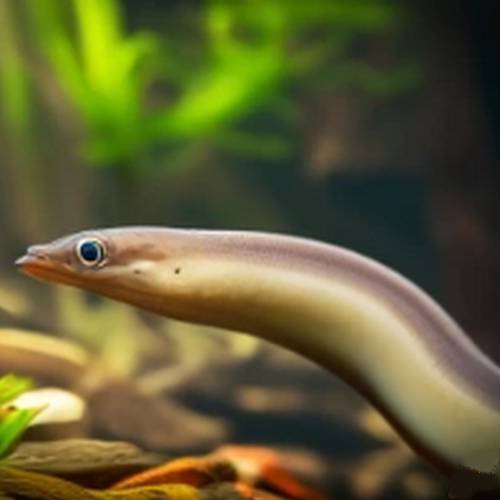The life cycle of European eels is a remarkable journey that spans thousands of miles and takes them through various developmental stages. It all begins in the Sargasso Sea, where adult eels gather to spawn. During this spawning phase, the adults release their eggs and sperm into the water, giving rise to the tiny and transparent larvae known as leptocephali.
These leptocephali drift on ocean currents for months before reaching the European coasts. Once they arrive, they undergo a magical transformation into glass eels. These young eels then migrate upstream into rivers and freshwater habitats, where they continue to grow and develop, taking on a yellowish coloration and becoming known as yellow eels.
After spending several years in these freshwater environments, the eels undergo yet another metamorphosis, transforming into silver eels. At this stage, they start their long and perilous journey back to the Sargasso Sea to reproduce, swimming thousands of miles across the Atlantic Ocean.
This species life cycle is not only a captivating tale of survival and adaptation, but it also plays a vital role in maintaining the balance of aquatic ecosystems. Unfortunately, these enigmatic creatures are facing numerous threats, including habitat degradation and overfishing, making it crucial for conservation efforts to protect and preserve their extraordinary life cycle.
These leptocephali drift on ocean currents for months before reaching the European coasts. Once they arrive, they undergo a magical transformation into glass eels. These young eels then migrate upstream into rivers and freshwater habitats, where they continue to grow and develop, taking on a yellowish coloration and becoming known as yellow eels.
After spending several years in these freshwater environments, the eels undergo yet another metamorphosis, transforming into silver eels. At this stage, they start their long and perilous journey back to the Sargasso Sea to reproduce, swimming thousands of miles across the Atlantic Ocean.
This species life cycle is not only a captivating tale of survival and adaptation, but it also plays a vital role in maintaining the balance of aquatic ecosystems. Unfortunately, these enigmatic creatures are facing numerous threats, including habitat degradation and overfishing, making it crucial for conservation efforts to protect and preserve their extraordinary life cycle.

